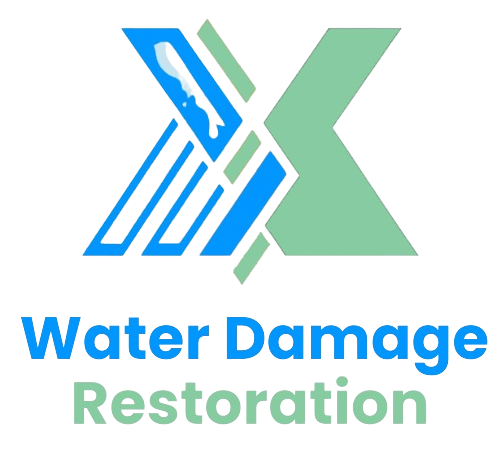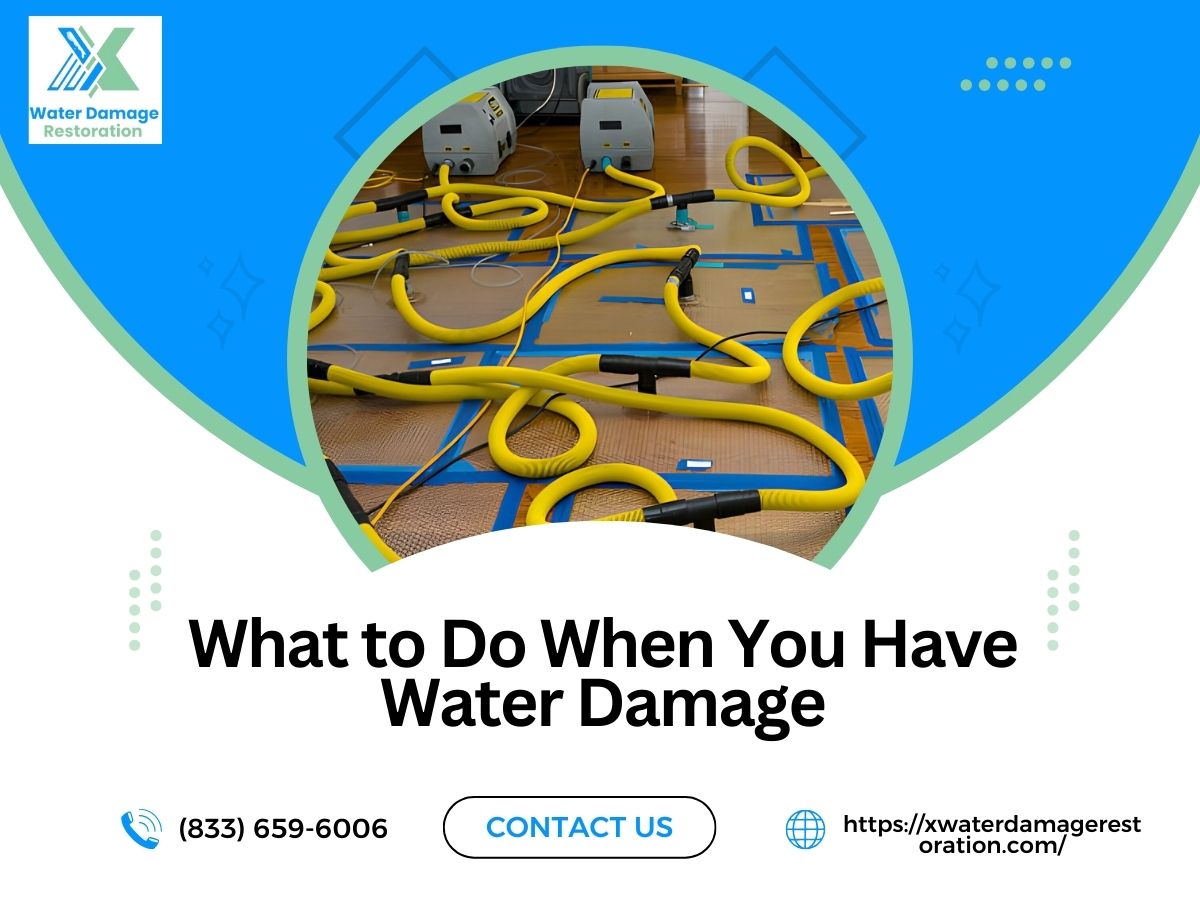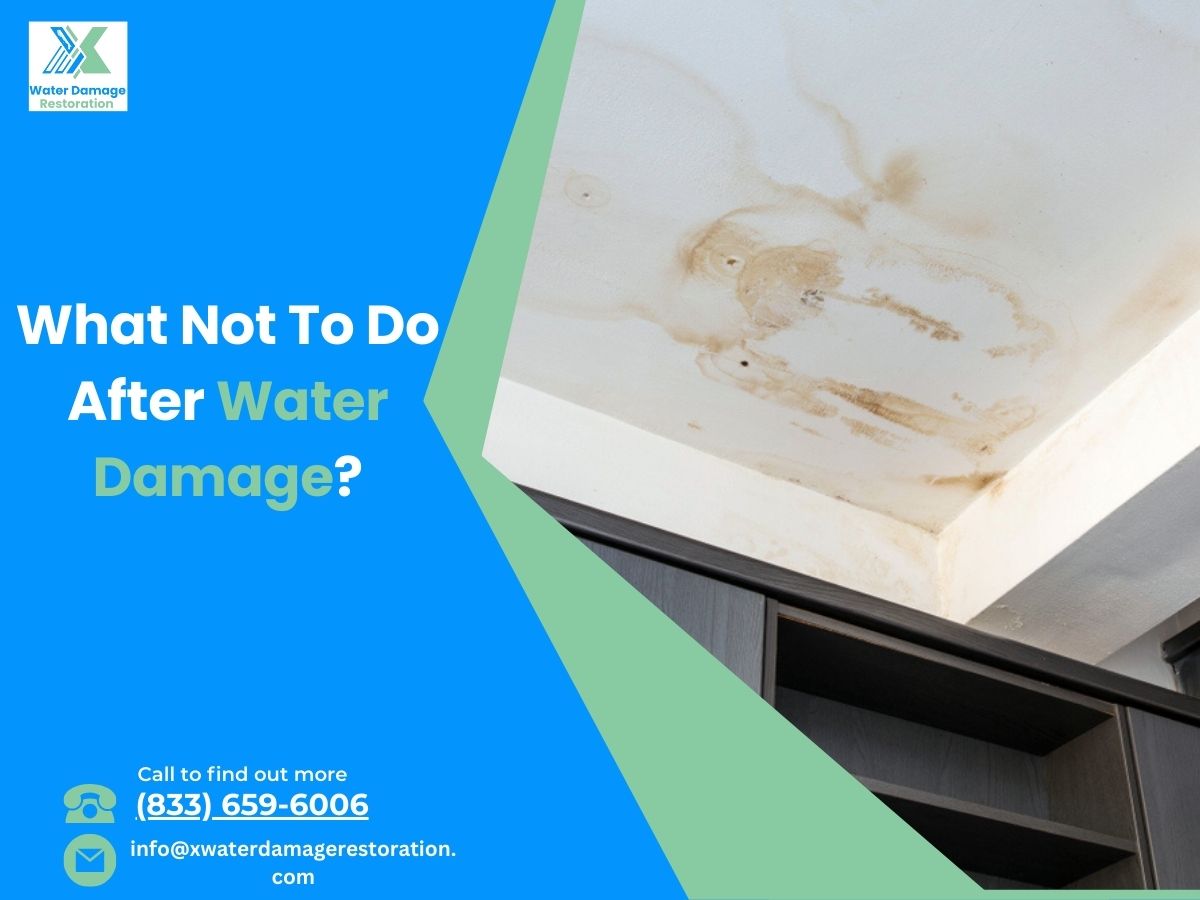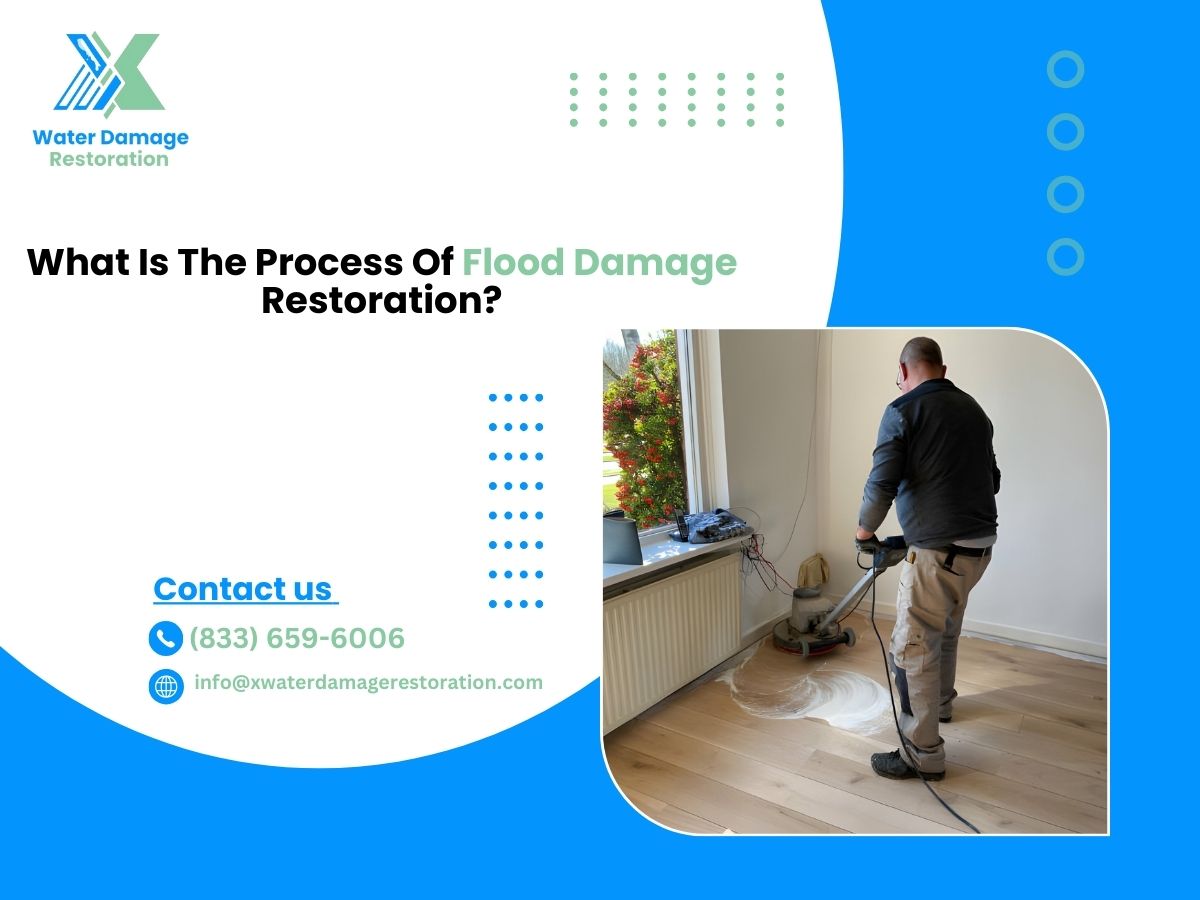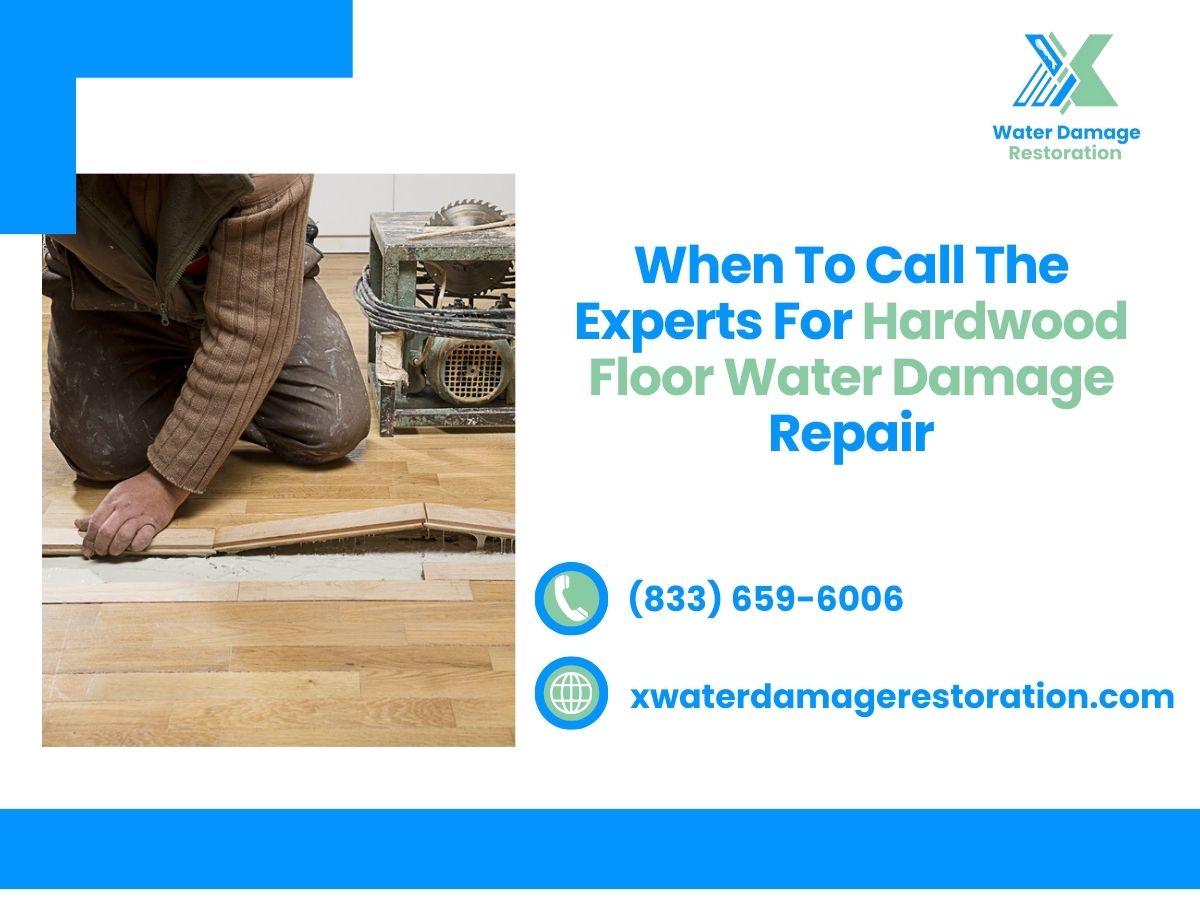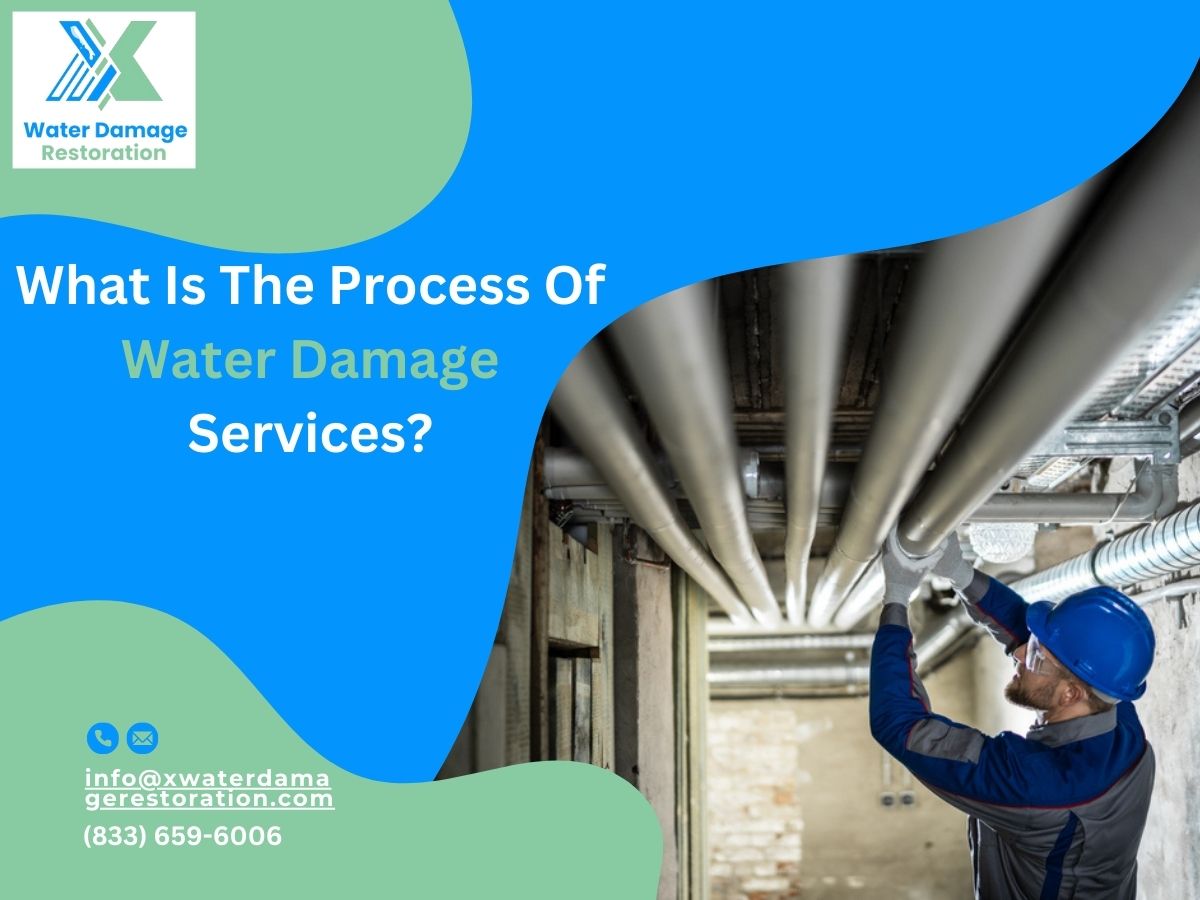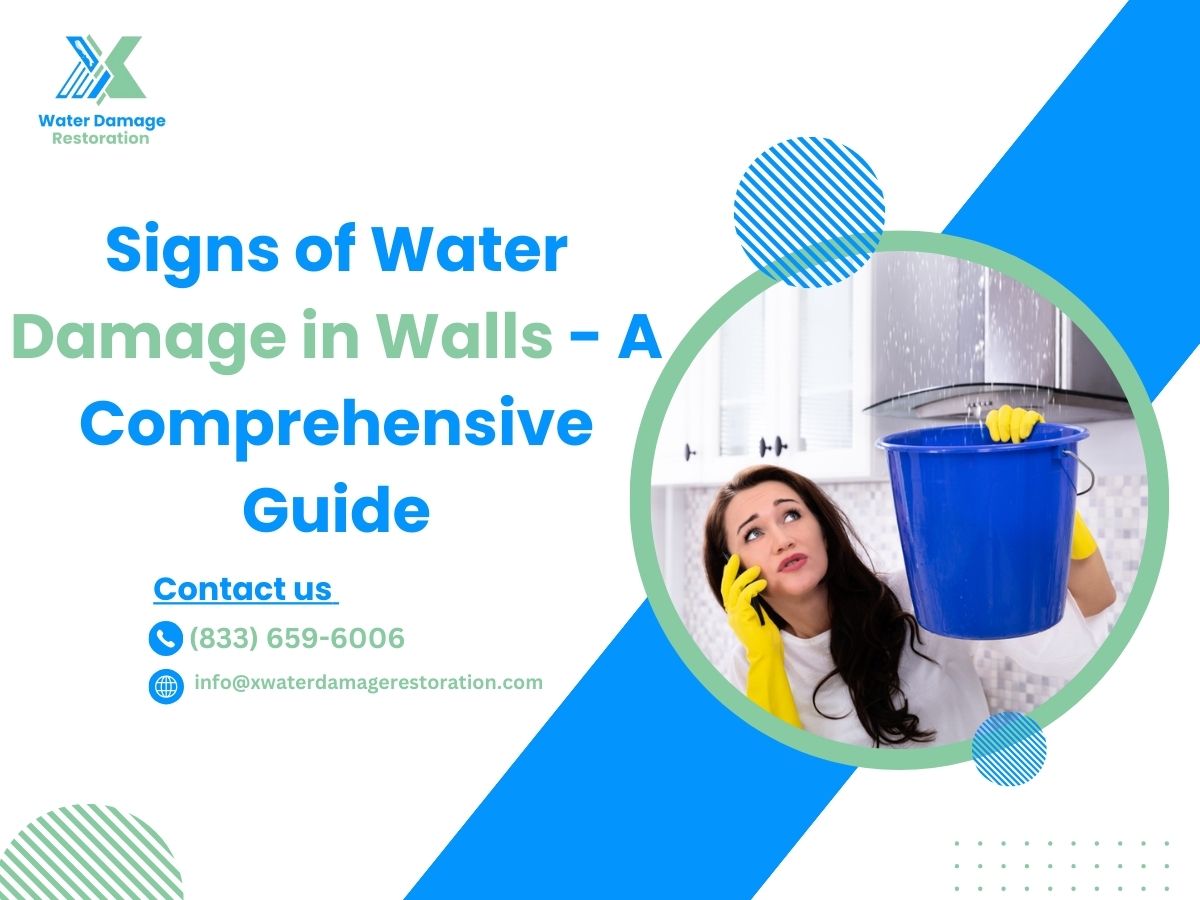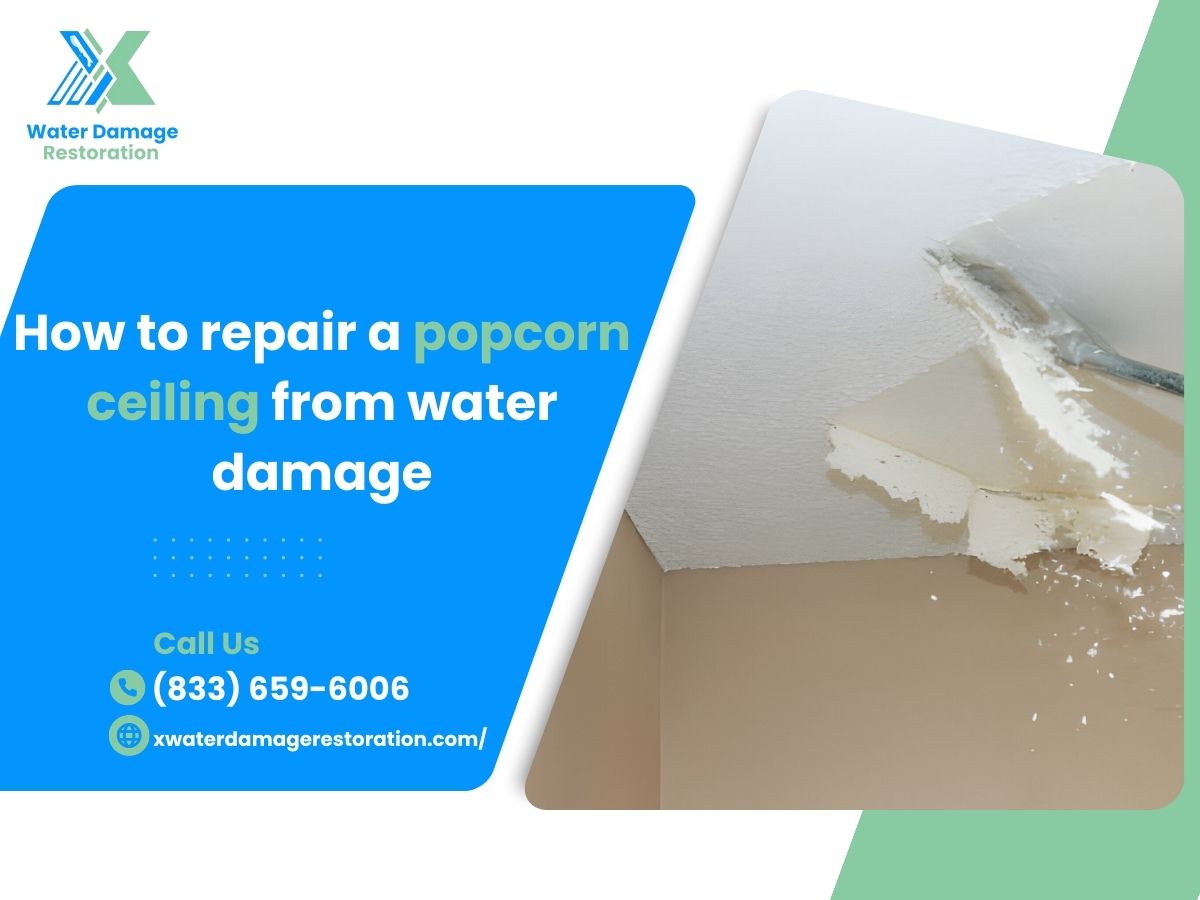Water damage can happen instantly and leave homeowners feeling overwhelmed and stressed. Whether the damage is due to a burst pipe, flooding, or a leaking roof, knowing what to do in such situations can help mitigate the damage and speed up recovery. At X Water Damage Restoration, we specialise in helping homeowners navigate these challenges and restore their homes to their former glory.
In this comprehensive guide, we’ll walk you through the steps you should take when you discover water damage in your home. We’ll also provide expert advice on preventing further damage and answer some frequently asked questions about water damage restoration.
Immediate Steps to Take
When you first notice water damage, taking immediate action is crucial to prevent further harm to your home and belongings. Here are the steps you should take:
- Turn Off the Water Source: Locate the main water valve and turn it off to stop the water flow. If the damage is due to external sources like flooding, you may be unable to stop the water flow.
- Turn Off Electricity: If water is near any electrical outlets or appliances, turn off the electricity to avoid electrocution hazards.
- Protect Yourself: Depending on the source of the water, it may be contaminated. Wear protective gear such as gloves, boots, and masks if necessary.
- Move Valuables: Quickly move valuable items such as electronics, furniture, and important documents to a dry area.
- Document the Damage: Take photos and videos of the affected areas for insurance purposes.
- Call a Professional: Contact a reputable water damage restoration company like X Water Damage Restoration to assess the situation and begin restoration.
The Water Restoration Process
The restoration process can begin once you have taken the initial steps to contain the damage. Here’s what you can expect:
- Assessment: A professional team will assess the extent of the water damage and determine the best course of action.
- Water Extraction: The restoration team will remove standing water from your home using specialised equipment.
- Drying and Dehumidification: After the water has been removed, industrial-grade fans and dehumidifiers will be used to dry out the affected areas.
- Cleaning and Sanitization: All affected areas and items will be cleaned and sanitized to prevent mold growth and further damage.
- Restoration: Depending on the extent of the damage, restoration can involve minor repairs such as replacing drywall or more extensive renovations such as rebuilding sections of your home.
- Monitoring: The restoration team will monitor the progress to ensure that your home is safe and fully restored.
Preventing Future Water Damage
While some causes of water damage, such as natural disasters, are unavoidable, there are steps you can take to minimize the risk:
- Maintain Your Plumbing: Regularly inspect pipes, faucets, and water heaters for leaks and signs of corrosion.
- Clean Gutters and Downspouts: Ensure gutters and downspouts are free of debris to prevent water from backing up and seeping into your home.
- Install a Sump Pump: In areas prone to flooding, a sump pump can help keep your basement dry.
- Seal Cracks and Gaps: Seal any cracks in your foundation or walls to prevent water from seeping in.
- Monitor Appliances: Keep an eye on appliances such as washing machines, dishwashers, and refrigerators for leaks.
Frequently Asked Questions (FAQs)
1. How long does it take to dry out a house after water damage?
The drying process can take anywhere from a few days to a week or more, depending on the extent of the damage and the size of your home.
2. Can I clean up the water damage myself?
Minor spills and leaks can be cleaned up yourself, but for significant water damage, it’s best to hire a professional restoration company to ensure proper cleanup and prevent further damage.
3. How do I know if I have mold growth after water damage?
Mold can start growing within 24-48 hours of water damage. Signs include a musty odor, visible mold growth, and allergic symptoms such as sneezing and coughing.
4. Will my insurance cover water damage restoration?
It depends on your insurance policy. Most standard homeowners’ insurance policies cover water damage caused by sudden and accidental incidents, such as a burst pipe. It’s best to check with your insurance provider.
5. How much does water damage restoration cost?
The cost can vary widely depending on the extent of the damage and the size of the affected area. Contact X Water Damage Restoration for a free estimate.
Call X Water Damage Restoration for Expert Help
When water damage strikes, time is of the essence. Delaying the restoration process can lead to more extensive damage and higher costs. That’s why you should call X Water Damage Restoration as soon as you notice any signs of water damage.
Our team of experienced professionals is equipped with the knowledge and tools to handle any water damage situation. From assessment to restoration, we’ll work with you every step of the way to ensure your home is restored safely and efficiently.
Don’t let water damage take over your home. Contact X Water Damage Restoration today for immediate assistance. Let us help you get your home back to normal!
